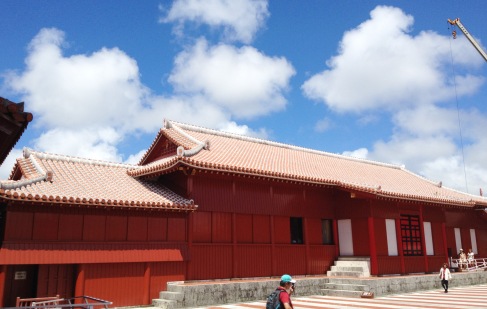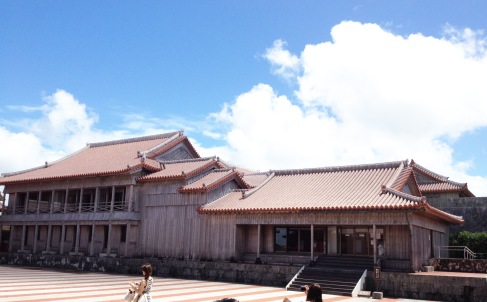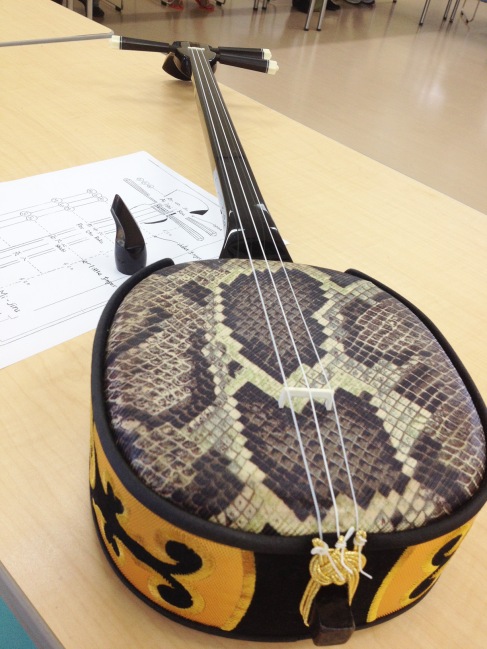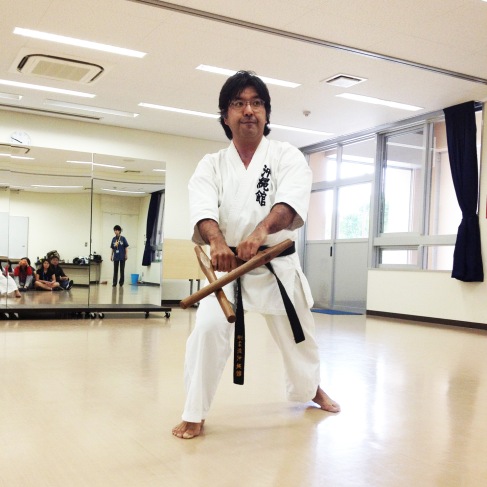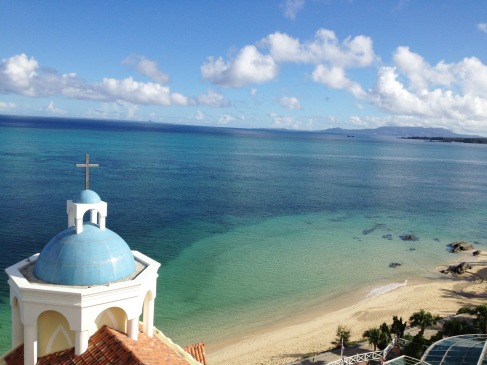Before I begin to tell you about Okinawa, where I spent four days earlier this week, let’s get one thing clear: Okinawa is hardly like the Japan most of us know.
First, Okinawa’s climate is far more tropical than mainland Japan’s. Its highest temperature is 32ºC and lowest, 10-13ºC. In the summer months, the air is humid and there is plenty of sunshine.
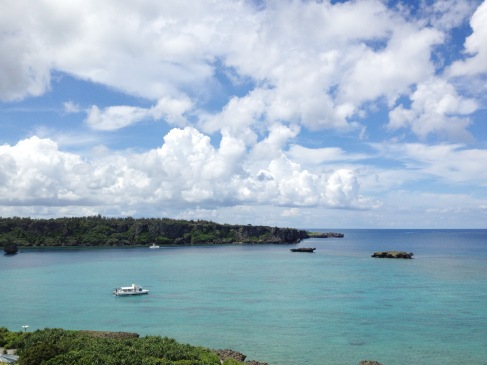 Its people appear to be a lot more sun-loving and active than those in mainland Japan. While most Japanese in the mainland hide under umbrellas and wide-brimmed hats, the Okinawans hit the beautiful turquoise sea, clean beaches and the great outdoors to play ball, run around, swim, snorkel or canoe. As a result, you will see more lean, tanned bodies around town.
Its people appear to be a lot more sun-loving and active than those in mainland Japan. While most Japanese in the mainland hide under umbrellas and wide-brimmed hats, the Okinawans hit the beautiful turquoise sea, clean beaches and the great outdoors to play ball, run around, swim, snorkel or canoe. As a result, you will see more lean, tanned bodies around town.
Okinawa’s unique character is also shaped by its history.
According to our tour guide, who was engaged by the local government to show us around, the prefecture of hundreds of islands wasn’t even part of Japan to begin with. It had its own flourishing kingdom in the 15th to 19th century.
Known as Ryukyu Kingdom, it traded extensively with mainland Japan, China and South-east Asia, which in turn introduced foreign food and lifestyle practices to its people.
China’s influence on the Ryukyu Kingdom can be seen in the architecture style of the ancient Shuri Castle, now a UNESCO World Heritage Site. The castle is bright red (an auspicious colour for the Chinese) and motifs of golden dragons (traditional symbols of royalty for the Chinese) adorn the walls, pillars and throne room.
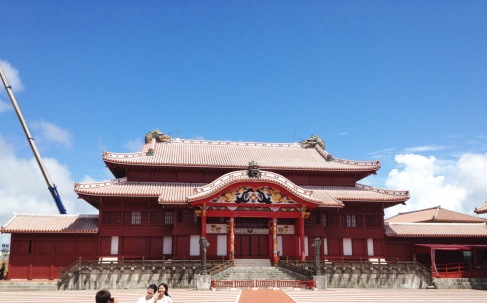 In short, the castle is gaudy, nothing like the muted shades of other renowned Japanese castles such as the Himeji Castle and the Matsumoto Castle.
In short, the castle is gaudy, nothing like the muted shades of other renowned Japanese castles such as the Himeji Castle and the Matsumoto Castle.
The castle’s main building, where the Ryukyu kings once resided and held court, is flanked by two other buildings (see below): one to host visiting Chinese envoys, and the other for visiting Samurais from mainland Japan. Want to hazard a guess which building is for the Chinese, and which for the Samurais? :)
In 1609, feudal lords from mainland Japan invaded the Ryukyu Kingdom, and in 1979 it was formally recognised as the Okinawa Prefecture. That’s when more of the Japanese culture rubbed off on Okinawa.
Okinawa came under the control of the US after World War II. It was only in 1972 that the US administration returned Okinawa to the Japanese government. Today, 20% of Okinawa is occupied by US military bases, and there are some 50,000 US servicemen residing in the prefecture. And they bring their American culture to the locals.
For instance, there are many American diners in Okinawa’s city centre. And locals with exposed tattoos are a common sight.
However, it seems to me that the Chinese influence in Okinawa is a lot stronger than the other cultures. For instance, one of Okinawa’s traditional dishes is goya champuru, stir-fried bitter melon with strips of tofu and pork, bacon or Spam. It is a typical Chinese dish that I eat a lot at home too, although Spam must have been an American introduction!
The flavour of Okinawan dishes are also very salty, much like the food I’ve eaten in Chinese cities.
Yet another example is Okinawa’s beloved musical instrument, the sanshin, which means three strings in Mandarin. It has its roots in the Chinese lute, which also goes by a similar sounding name, sanxian. And sanxian also means three strings.
I had the chance to learn the basics of playing the sanshin on this trip. I’m sure it must have been quite easy to master the basic notes, but I suck at it. I have no hand-eye coordination, and my fingers refused to behave, preferring very much to twang two strings at one go. I was nervous as hell, like I had always been during music class in primary school, when I had to master the pianica. Thank goodness we were not required to stand up and play a short tune at the end of the crash course. I would have ran screaming from the classroom.
After the sanshin experience, we were introduced to some karate experts. Karate, by the way, was born in Okinawa.
Two experts demonstrated two sets of Karate styles, while the grand master, a spritely old gentleman, looked on from behind his desk. After the two sets were done, one of the experts whacked the air with a set of tonfa, T-shaped wooden batons that are now adopted for use by the police force of some countries.
The grand master then told us a story of how tonfa came to become part of karate. During the Ryukyu Kingdom, crazed Samurais from mainland Japan loved to test the strength of new swords on poor farmers. A woman was mashing up soy beans at her farm when a Samurai pounced on her, with an intention of cutting her up with his new blade. She used the only thing she had in her hands to defend herself – a pair of wooden rolling pins, shaped like the tonfa. She survived, and the rolling pins became a valued asset of karate practitioners.
For the third demonstration, an older lady came forth, and the grand master introduced her as the only woman in Okinawa to hold a black belt seven degree. Hokay. Cannot mess with this one. I could feel the power in her movements, and her war cries were quite frightening. A Filipino travel agent who sat next to me kept patting her chest, as if to calm herself down, in between mutters of, “She’s so scary!”
Later, the black belt master came out with a pair of sai. If you watched Teenage Mutant Ninja Turtles as a kid, you would know these are weapons of choice for Raphael! :)
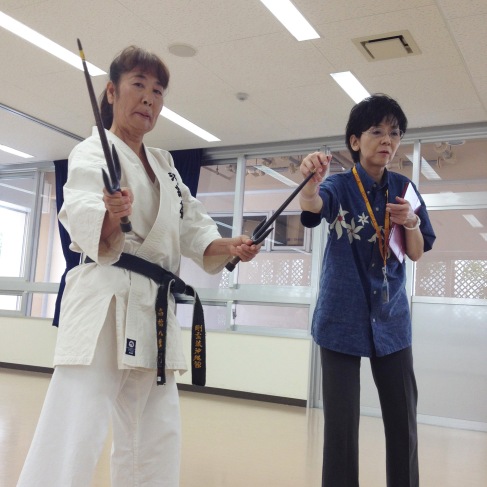 And she frightened us all again with her sai demonstration.
And she frightened us all again with her sai demonstration.
Despite her prowess and stern appearance, she was a great sport when she wasn’t whacking the air and scaring us. She gamely posed for our cameras and joked with us, urging us to come back to Okinawa soon to take up the complete course.
After all the demonstrations, the audience were made to get on their feet and learn some hot moves. I’m alright with punching and kicking sandbags, which is sort of rhythmic, but terrible with mimicking a series of punches, kicks, steps and turns that are typical of karate style. I was all over the place and in the wrong direction!
Besides putting my musical and martial art talent to the test, this trip to Okinawa also tried to tease out the artist in me.
I visited a coral-dye factory to learn how to, well, coral-dye a shirt.
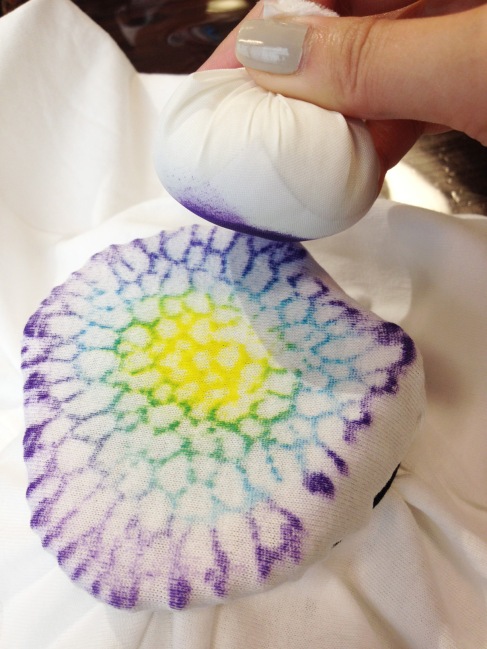 Alas, the artist in me is in deep sleep. My masterpiece is horrible. I should stick to writing.
Alas, the artist in me is in deep sleep. My masterpiece is horrible. I should stick to writing.
Other things I did on this trip included moving hotels every blasted day (how very tiring), sampling potent awamori in a local brewery, participating in a very frustrating treasure hunt in the Okinawa Churaumi Aquarium (the missions were so hard and we hardly had a chance to enjoy the aquarium!) and gossiping with industry friends in my room at night over beers and awamori.
I stayed in four hotels in this trip, two of which had old, musty rooms that were also quite spooky. I will not name them here, but if you ask me in person, I will tell you. They were so spooky that I kept all the lights and TV on all night.
Fortunately, the other two hotels were splendid. One’s the two-month-old Rihga Royal Gran Okinawa in Naha City, which is conveniently attached to a shopping mall and train station, and boasts chic rooms in black, white and bronze shades. The other is the Spanish-style Hotel Nikko Alivila, which enchanted me with a pink and white bathroom! Whoot!
To end this post, I leave you with this lovely view of the sea on one of the mornings.
